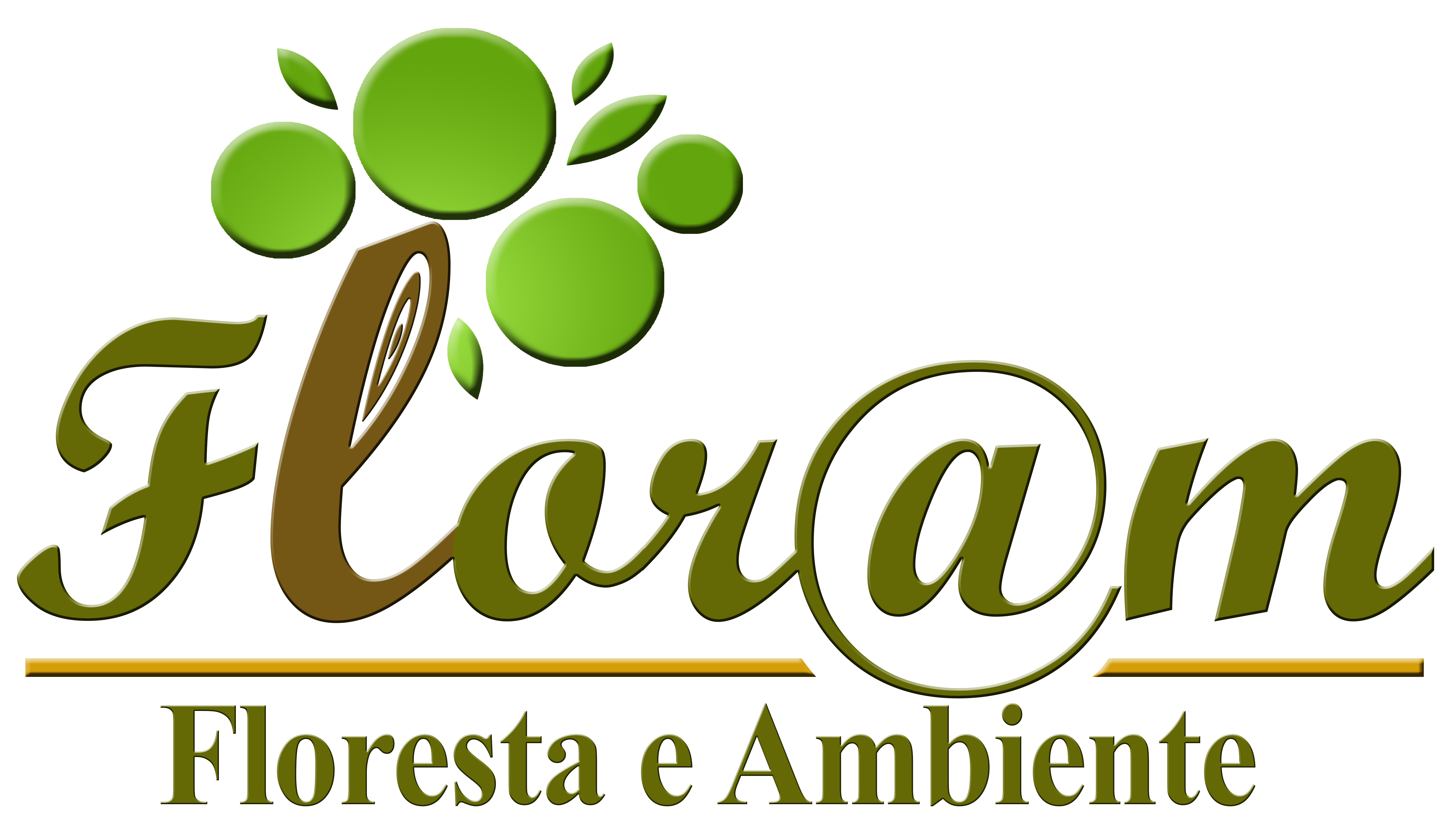Composition and Functional Diversity of the Urban Flora of Alfenas-MG, Brazil
Nathalia Monalisa-Francisco; Flavio Nunes Ramos
Abstract
Keywords
References
Almeida JR, Barbosa CG. Diagnóstico da arborização urbana da cidade de Cacoal – RO.
Alvares CC, Stape JL, Sentelhas PC, Golçalves JLM, Sparovek G. Köppen’s climate classification map for Brazil.
Araujo AM, Saraiva ALBC, Grígio AM. Conforto térmico humano: um estudo de caso em três praças públicas do bairro Centro, Mossoró (RN).
Aronson MFJ, Handel SN, Clemants SE. Fruit type, life form and origin determine the success of woody plant invaders in an urban landscape.
Bigirimana J, Bogaert J, Canniere C, Lejoly J, Parmentier I. Alien plant species dominate the vegetation in a city of Sub-Saharan Africa.
Cardoso-Leite E, Faria LC, Capelo FFM, Tonello KC, Castello ACD. Floristic composition of urban afforestation in Sorocaba, São Paulo state, Brazil.
Carneiro MS, Campos CCF, Ramos FN, Santos FAM. Spatial species turnover maintains high diversities in a tree assemblage of a fragmented tropical landscape.
Corbet SA, Bee J, Dasmahapatra K, Gale S, Gorringe E, La Ferla B et al. Native or exotic? Double or single? Evaluating plants for pollinator-friendly gardens.
Corlett RT. Interactions between birds, fruit bats and exotic plants in urban Hong Kong, South China.
Cornelissen JHC, Lavorel S, Garnier E, Díaz S, Buchmann N, Gurvich DE et al. A handbook of protocols for standardised and easy measurement of plant functional traits worldwide.
Cunha AA, Vieira MV, Grelle CEV. Preliminary observations on habitat, support use and diet in two non-native primates in an urban Atlantic forest fragment: the capuchin monkey (Cebus sp.) and the common marmoset (Callithrix jacchus) in the Tijuca forest, Rio de Janeiro.
Díaz S, Cabido M. Vive la différence: plant functional diversity matters to ecosystem processes.
Dolan RW, Aronson MFJ, Hipp AL. Floristic response to urbanization: Filtering of the bioregional flora in Indianapolis, Indiana, USA.
Duncan RP, Clemants SE, Corlett RT, Hahs AK, McCarthy MA, McDonnell MJ et al. Plants traits and extinction in urban areas: a meta-analysis of 11 cities.
Flynn DFB, Gogol-Prokurat M, Nogeire T, Molinari N, Richers BT, Lin BB et al. Loss of functional diversity under land use intensification across multiple taxa.
Freitas WK, Pinheiro MAS, Abrahão LLF. Análise da arborização de quatro praças no bairro da Tijuca, RJ, Brasil.
González-García A, Belliure J, Gómez-Sal A, Dávila P. The role of urban greenspaces in fauna conservation: the case of the iguana Ctenosaura similis in the “patios” of León city, Nicaragua.
Guimarães M. Há mais aves nos grandes centros urbanos hoje?
Instituto Brasileiro de Geografia e Estatística – IBGE.
Isernhagen I, Le Bourlegat JMG, Carboni M. Trazendo a riqueza arbórea regional para dentro das cidades: possibilidades, limitações e benefícios.
Kinoshita LS, Torres RB, Forni-Martins ER, Spinelli T, Ahn YJ, Constâncio SS. Composicão florística e síndromes de polinização e dispersão da mata do Sítio São Francisco, Campinas, SP, Brasil.
Knapp S, Dinsmore L, Fissore C, Hobbie SE, Jakobsdottir I, Kattge J et al. Phylogenetic and functional characteristics of household yard floras and their changes along an urbanization gradient.
Knapp S, Kühn I, Schweiger O, Klotz S. Challenging urban species diversity: contrasting phylogenetic patterns across plant functional groups in Germany.
Knapp S, Kühn I, Stolle J, Klotz S. Changes in the functional composition of a Central European urban flora over three centuries.
Köppen W.
Kowarik I. Novel urban ecosystems, biodiversity, and conservation.
Kramer JA, Krupek RA. Caracterização florística e ecológica da arborização de praças públicas do município de Guarapuava, PR.
McKinney ML. Urbanization as a major cause of biotic homogenization.
Mörtberg UM. Resident bird species in urban forest remnants; landscape and habitat perspectives.
Munshi-South J. Urban landscape genetics: canopy cover predicts gene flow between white-footed mouse (Peromyscus leucopus) populations in New York City.
Nagendra H, Gopal D. Street trees in Bangalore: Density, diversity, composition and distribution.
Nunes YRF, Mendonça AVR, Botezelli L, Machado ELM, Oliveira-Filho AT. Variações da fisionomia, diversidade e composição de guildas da comunidade arbórea em um fragmento de floresta semidecidual em Lavras, MG.
Ordóñez C, Duinker PN. Ecological integrity in urban forests.
Pauleit S, Jones N, Garcia Martin G, Garcia Valdecantos JL, Riviere LM, Vidal Beaudet L et al. Tree establishment practice in towns and cities-results from a European survey.
Pauw A, Louw K. Urbanization drives a reduction in functional diversity in a guild of nectar-feeding birds.
Qing X, Yutong Z, Shenggao L. Assessment of heavy metal pollution and human health risk in urban soils of steel industrial city (Anshan), Liaoning, Northeast China.
Raber AP, Rebelato GS. Arborização viária no município de Colorado, RS – Brasil: análise quali-quantitativa.
Redin CG, Vogel C, Trojahn CDP, Gracioli CR, Longhi SJ. Análise da arborização urbana em cinco praças do município de Cachoeira do Sul, RS.
Roy S, Byrne J, Pickering C. A systematic quantitative review of urban tree benefits, costs, and assessment methods across cities in different climatic zones.
Santos TOB, Lisboa CMCA, Carvalho FG. Análise da arborização viária do bairro de Petropólis, Natal, RN: uma abordagem para diagnóstico e planejamento da flora urbana.
Schlaepfer MA, Sax DF, Olden JD. The potential conservation value of non-native species.
Shackleton C, Shackleton RT. Knowledge, perceptions and willingness to control designated invasive tree species in urban household gardens in South Africa.
Shannon CE, Weaver W.
Sukopp H. Human-caused impact on preserved vegetation.
Töpfer K, Wolfensohn JD, Lash J.
Vale VS, Dorneles MC, Schiavini I, Mendonça ET, Almeida CG, Silva PA et al. Grupos funcionais e sua importância ecológica na vegetação arbórea em um remanescente florestal urbano, Uberlândia, MG.
Veloso MDM, Braga LL, Rodrigues PMS, Santos MR, Miranda WO, Brandao DO et al. Caracterização da arborização urbana em três ambientes na cidade de Montes Claros, MG.
Vidra RL, Shear TH, Stucky JM. Effects of vegetation removal on native understory recovery in an exotic-rich urban forest.
Wang H-F, MacGregor-Fors I, López-Pujol J. Warm-temperate, immense, and sprawling: plant diversity drivers in urban Beijing, China.
Williams NSG, Schwartz MW, Vesk PA, McCarthy MA, Hahs AK, Clemants SE et al. A conceptual framework for predicting the effects of urban environments on floras.

